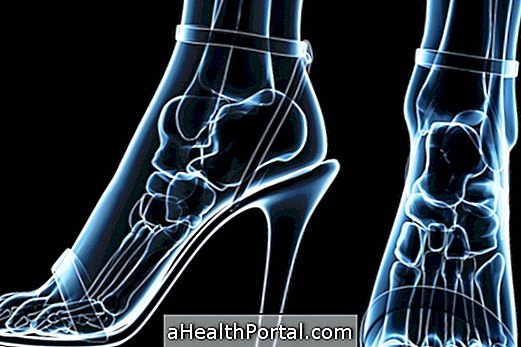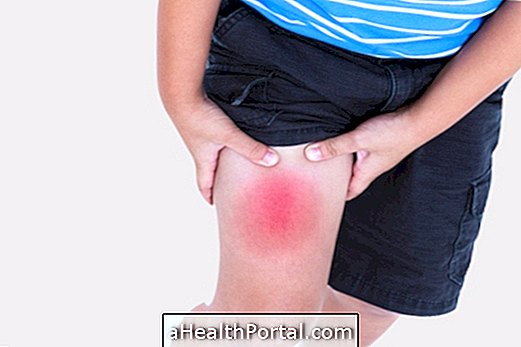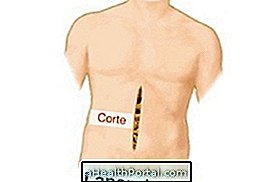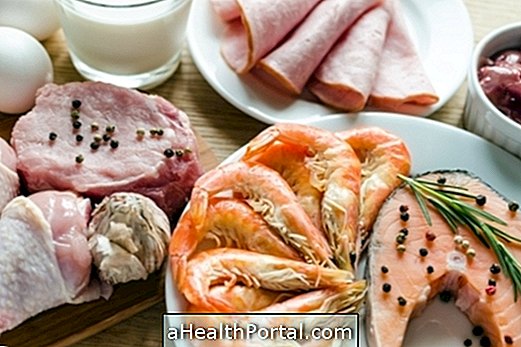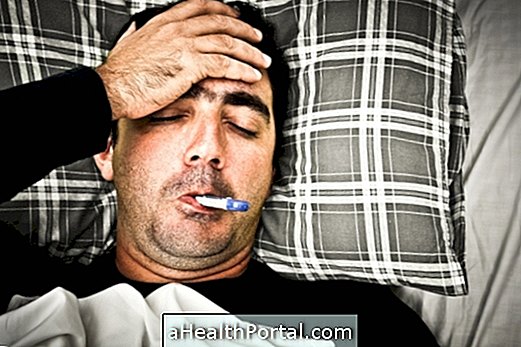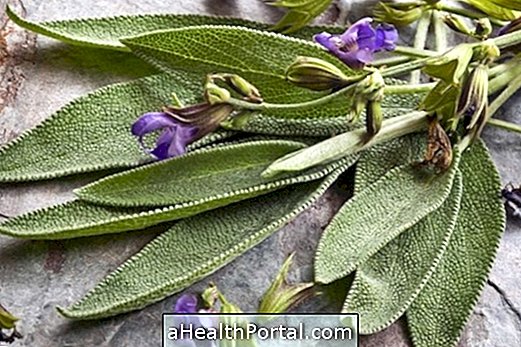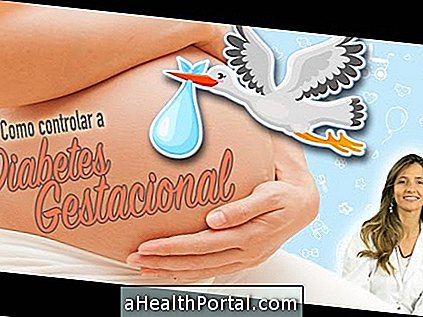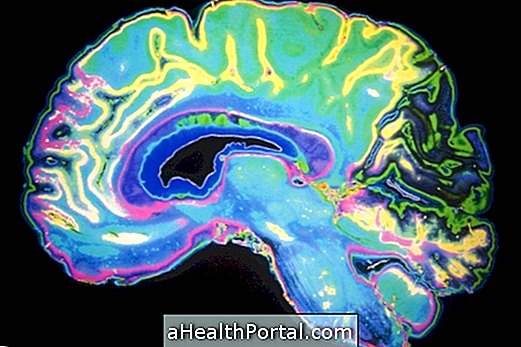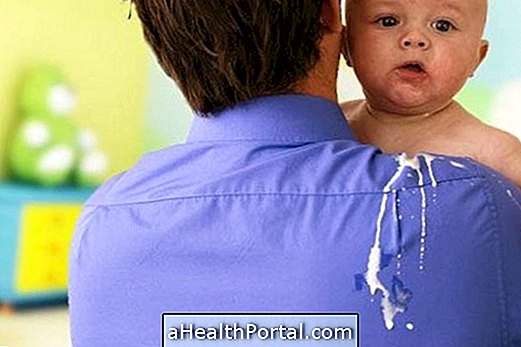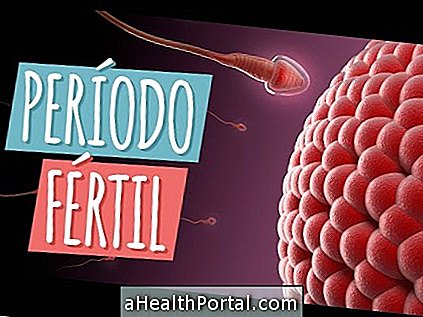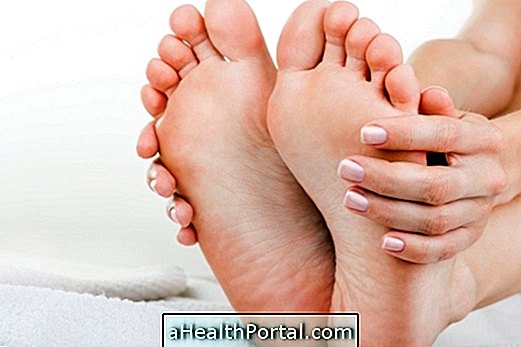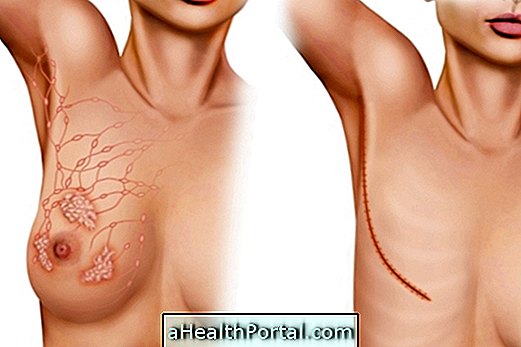The initial symptoms of breast cancer are related to changes in the breast, especially the appearance of a small painless lump. However, it is also important to know that many of the nodules that arise in the breast are benign and therefore do not represent a cancer situation.
If you suspect you may have breast cancer, select your symptoms and see what your risk is:
- 1. Presence of nodule or lump that does not hurt Yes No
- 2. Change in color or shape of nipple Yes No
- 3. Nipple Release Yes No
- 4. Changes in breast skin, such as redness or harder skin Yes No
- 5. Swelling or change in breast size Yes No
- 6. Frequent itching of the breast or nipple Yes No
- 7. Change in color or shape of areola Yes No
- 8. Formation of scabs or sores on the skin near the nipple Yes No
- 9. Easily observable and enlarging veins Yes No
- 10. Presence of a groove in the breast, as if it were a sinking Yes No
- 11. Lumps or swelling in the region of the armpit's jaws Yes No
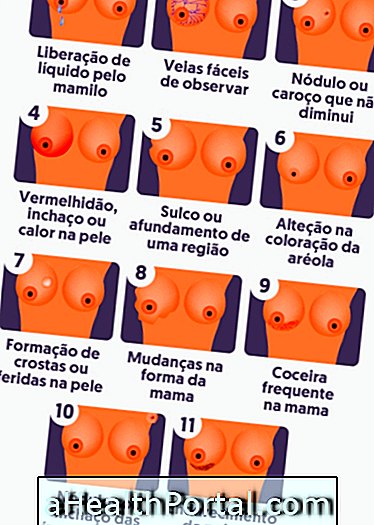
The best way to identify these changes is to look for a mastologist and do regular breast self-examination because it helps the woman and the man to better understand the anatomy of their breast over time, allowing small changes to be identified as soon as they arise.

These symptoms may occur simultaneously or in isolation, and may be symptoms of early or advanced breast cancer. In addition, the presence of any of these symptoms does not necessarily mean the existence of breast cancer, but one should consult the mastologist, as it may be a benign nodule or an inflammation of the breast tissue, which requires treatment. See the exams that confirm breast cancer.
Watch the following video below and learn how to properly breast self-exam:

Who can get breast cancer
Anyone can develop breast cancer, whether male or female, and people at greatest risk are:
- Age greater than 50 years;
- Family history of breast cancer;
- Obesity and sedentary lifestyle;
In addition, there are also genetic changes that may increase the tendency to develop this type of cancer, such as those that occur in the BRCA1 and BRCA2 genes. However, there are tests that can be done that help identify the change even before the cancer arises, giving the opportunity to avoid cancer.
Here's how this type of genetic test is done and how it can help prevent breast cancer.
Symptoms of breast cancer in man
The symptoms of male breast cancer are similar to the symptoms of breast cancer in women, so when there is some type of breast alteration, it is important to consult a mastologist to diagnose the problem and start the appropriate treatment.
Learn about male breast cancer.

How to Identify Advanced Breast Cancer
Symptoms of advanced malignant breast cancer include, in addition to worsening breast symptoms and lesions, other signs not related to the breasts such as nausea, bone pain, loss of appetite, severe headaches, and muscle weakness. Generally, these symptoms are caused because advanced cancer causes metastases from malignant cells to other organs of the body such as lungs and brain, so they should be searched by the mastologist and clinical oncologist as soon as possible.
Know other causes of breast discomfort in: Breast pain.
